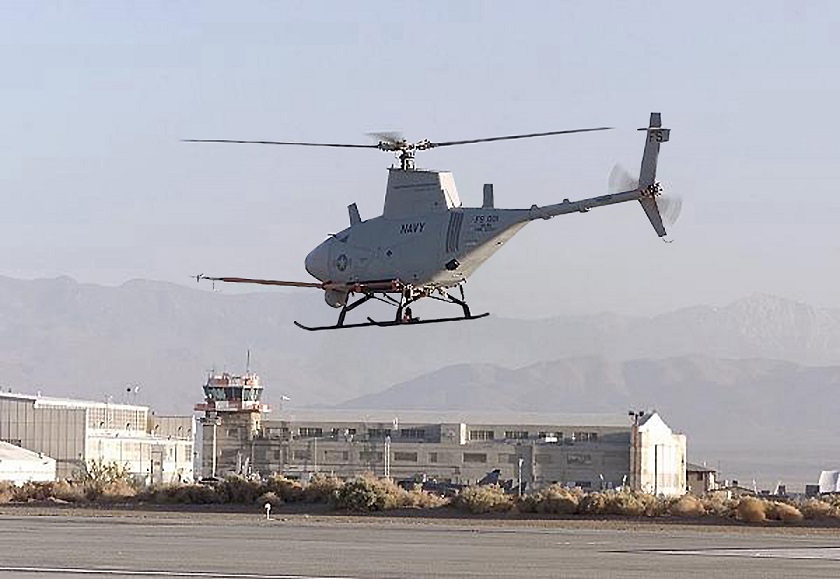This post is also available in:
 עברית (Hebrew)
עברית (Hebrew)
A new technology is designed to bring vision-based navigation, guidance and control to commercial unmanned aircraft, aiming to bring full “level-5” autonomy to the personal electric aircraft of the near future.
Two companies have partnered for this project. Daedalean’s engineers apply insights from modern robotics, deep learning and computer vision to build an autonomous guidance system that meets the highest bar (DAL-A) for safety-critical aerospace systems. The product provides visual based guidance and navigation intended to enable both unmanned operations and personal transport certified for Visual Flight Rules (VFR) conditions.
The AirRails autopilot system developed by UAVenture makes the commercial operation of unmanned Vertical Takeoff and Landing (VTOL) vehicles accessible to all with its advanced flight control and highly intuitive flight planning and monitoring software.
The partnership will integrate Daedalean’s vision-based technology into UAVenture’s AirRails VTOL autopilot system for unmanned applications and to make it available to all AirRails users, according to suasnews.com.
The system called Magpie will be a lightweight version of Daedalean’s technology for personal transport. It features a real-time vision-based detection of suitable emergency landing locations; the detection of wires and other obstacles during a landing approach and landing; and a vision-based navigation and attitude estimation for GPS denied scenarios.
It has a lightweight hardware (approximately 500 g) and a low power consumption (approximately 30 W).
The system will gather a high volume of high-quality imagery correlated with actual flight data in a multitude of realistic environments for training and testing of their systems.
Future versions may incorporate functionality targeted specifically at real-time precision agriculture.
Trials of the system have already commenced with the first systems expected to be available to customers later this year.


























